You may come across coyotes in packs in the wild while you are exploring the wilderness, at which point you may wonder why the coyotes are grouped together and do coyotes hunt in packs as well.
In this blog, you will be able to find out what the answer is. Furthermore, you will also be able to discover some other interesting facts about coyotes, such as what time of the day they usually hunt, where they sleep, and more.
What Are Coyotes and Wolves?
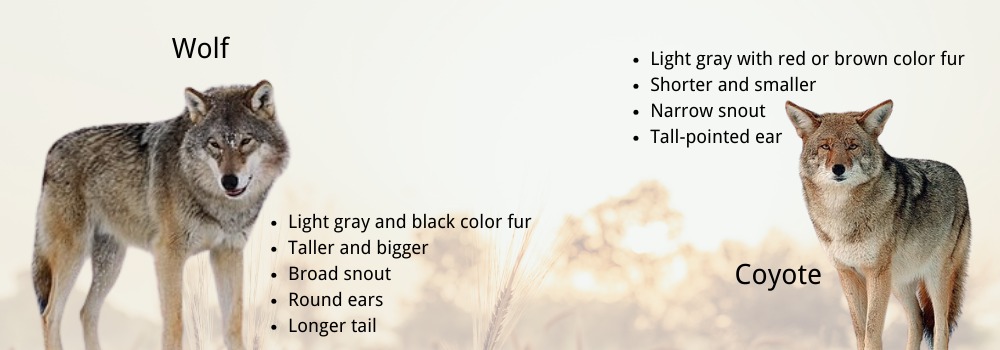
It is widely known that wolves and coyotes are related, and both of them belong to the family Canidae. However, there is a significant difference between the two species, as well as the hunting habits and hunting behavior.
Coyotes are smaller than wolves, measuring around 4 feet long and weighing between 15-45 pounds. They have grayish-brown fur, pointy ears, and a more pointed snout than wolves. Coyotes are super adaptable and can live in lots of different environments, including near humans. They’re known for being friendly and hanging out in suburban and urban areas.
Wolves, on the other hand, are bigger and bulkier, reaching up to 6 feet in length and standing 30 inches tall at the shoulder. They can weigh up to 80 pounds for females and 100 pounds for males! Wolves have a more robust build and their fur can be light gray to blackish, with mottled white or brown fur as they age. They’re super social and live in packs with a complex social structure.
The coyote and the wolf are both social animals, but the wolf’s tendency to form packs when hunting is a lot higher than that of the coyote.
What Are Coyote Packs?
Coyote packs typically consist of an alpha male and female and their offspring. The pack will hunt together for food and protect their territory. A coyote pack can vary greatly in size. A pack of coyotes may consist of only two or three coyotes, while others may have as many as ten coyotes in it.
In most cases, the number of coyotes in a pack varies between three and seven.
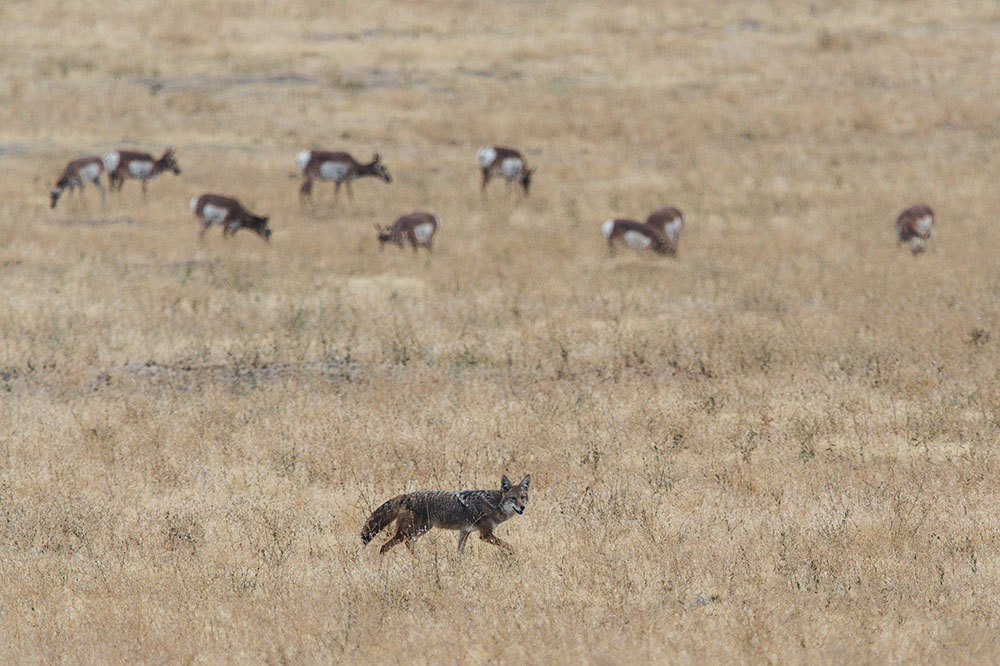
Do Coyotes Hunt In Packs?
In general, coyotes hunt alone or in pairs. A majority of their prey consists of small mammals including mice, squirrels, and rabbits, which they can take down by themselves without the help of others.
In some cases, it seems, however, that coyotes form small groups to protect territory or hunt together with other coyotes for bigger prey. Even more, they will team up with other species for a hunt!
When taking on small prey, such as rodents, the coyote will often hunt alone or in pairs, while when pursuing larger prey, such as deer, the coyote will often hunt in packs.
The following are a few reasons why coyotes form packs to hunt their prey:
Take down large prey
A fully grown adult deer can be very difficult for any coyote to kill. In order to take down larger prey, coyotes have developed a complex social structure that enables them to cooperate and divide duties in order to take down the prey. The coyote is capable of using its combined strength and intelligence to further increase its chances of hunting success when it hunts in packs.
There are two different methods that coyotes use while conducting pack hunting when they want to kill a deer, elk, or other large prey animal.
Encirclement method
Encirclement is a technique utilized by coyotes to encircle their prey in a circle, which takes advantage of the coyotes’ superior numbers and allows them to trap the prey. By luring the prey into an ambush, the coyotes can more easily catch their prey and make a successful kill.
Chase method
Chases rely on the coyotes’ speed and agility to exhaust their prey. In this pack of coyotes, each coyote takes turns chasing the prey, and when the prey tires out and slows down, the coyotes can move in and take it down more effectively.
Teach young coyotes
Taking down larger prey is easier for coyotes if they hunt in packs, rather than if they hunt alone. During this process, the younger coyotes also have the chance to learn how to hunt and survive in the wild through this behavior.
Increase chances of success
When coyotes hunt in packs, they are more likely to be successful in catching prey. It is easy for them to be outnumbered by their prey when they hunt alone. However, they will be able to more easily surround their prey if there are more coyotes in the area so they have a better chance of catching it properly.
That is to say, a coyote’s hunting style is more like a chameleon – it changes based on what’s going on around them, like the type of prey, the environment, and their own survival instincts. Therefore, coyotes cover a larger area when they hunt in pairs and their chances of catching prey increase significantly.
What Time Of Day Do Coyotes Usually Hunt?
As a nocturnal animal, coyotes hunt at night more often than during the day. Early mornings and late evenings are their most active times. There are times of the day when they have the most cover of darkness, which gives them the best chance of success in their hunt.
Where Do Coyotes Sleep?
At night, coyotes sleep in dens that are dug into the ground or tucked away in thick brush during the day. Generally, coyotes tend to sleep near their food sources, so that they can be ready to move quickly if needed if they are threatened by predators.
As you read this, you may be able to answer the question of whether coyotes hunt in packs. In a nutshell, coyotes tend to live in small packs with their offspring. When it comes to hunting their prey, coyotes cooperate cooperatively in order to take down larger animals.
Hunters’ Tips: How To Hunt Coyotes?
Here are a few tips on how to hunt coyotes based on their characters.
- The Right Time: Timing is everything. Consider the daytime and seasons when hunting coyotes. Different seasons require different strategies, so make sure you’re out there during the right time of day. Coyotes tend to rest during the hottest part of the day, so early mornings or evenings are usually the best time to catch them. Plus, in the fall, they’re all about denning up, while in the winter, they’re nice and warm in their thick coats.
- The Right Hunting Equipment: You’re gonna need some quality hunting gear to help you out. Invest in good quality hunting gear including scopes, calls, reliable firearms, and comfortable hunting boots. Night vision scopes or binoculars are beneficial as coyotes are mainly nocturnal hunters. See our recommendations on What Gear Do You Need For Coyote Hunting?
- Proper Use Of Calls: Coyote calls can be super helpful for successful hunting. There’s a wide range available; distress calls, electronic calls, and even coyote pup sounds – they are all good to go. Just remember, the more realistic the call, the better.
- Camo Cover: Camouflage clothing should help blend perfectly with the surrounding environment. It is essential because coyotes are super alert and will bolt at the slightest movement or color that doesn’t match their environment.
- Wind Direction: Coyotes have an excellent sense of smell. So, always make ensure you are downwind of the expected approach of the coyotes, combining this with scent masking wherever possible.
- Patience and Timing: Patience is key to successful hunting. These coyotes are sneaky and crafty, so they’ll likely circle around and check things out before making their move. So, wait at least 15 to 20 minutes after each call and keep your cool.
- Right Spot Choice: Choose a vantage point that allows for a clear sightline without obstructions. Your set-up location should be strategic, providing 360-degree visibility so that you can keep an eye on all things. Also, before the hunting, you can drive around and get familiar with the area where coyotes appear a lot.
Conclusion
In this article, we’ve learned a lot about coyotes! They’re pretty cool solitary animals that sometimes hunt in packs. But there’s more to them than just their hunting habits. By studying their behavior, we can understand why they move around the way they do and how they fit into the natural world.
This helps us appreciate coyotes more and gives hunters useful information to hunt them more effectively. It’s important to respect coyotes and their place, so the next time you go hunting, remember to be patient, strategic, and adaptable, just like the coyotes themselves!


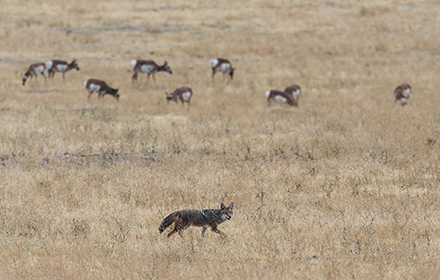




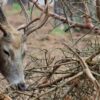
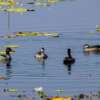
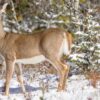
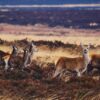
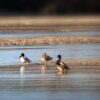


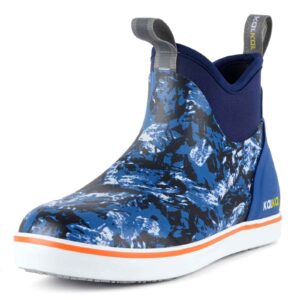

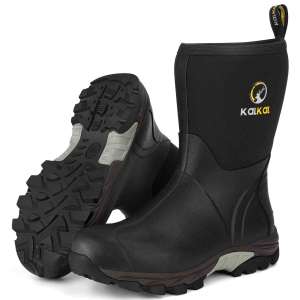


Leave a reply